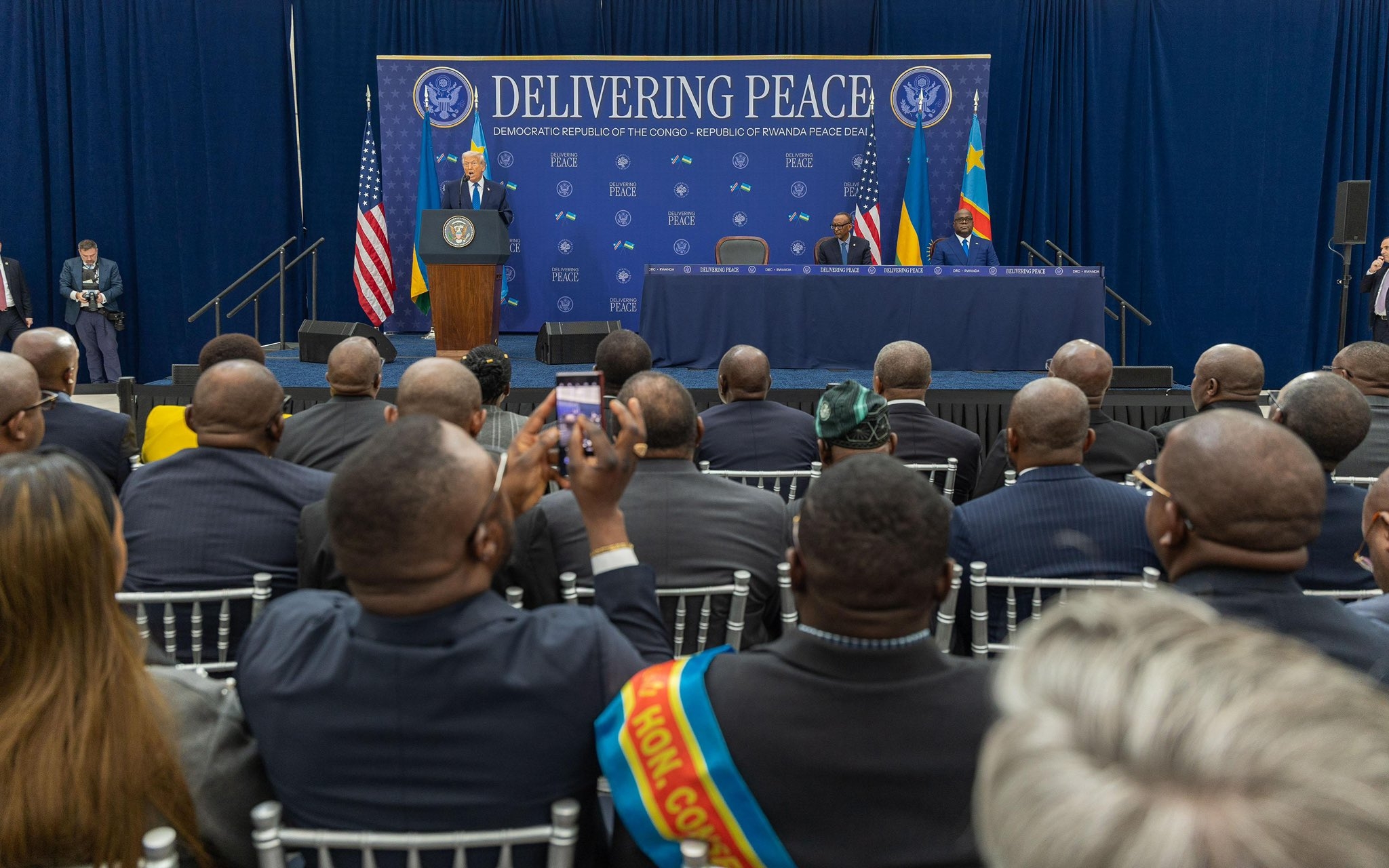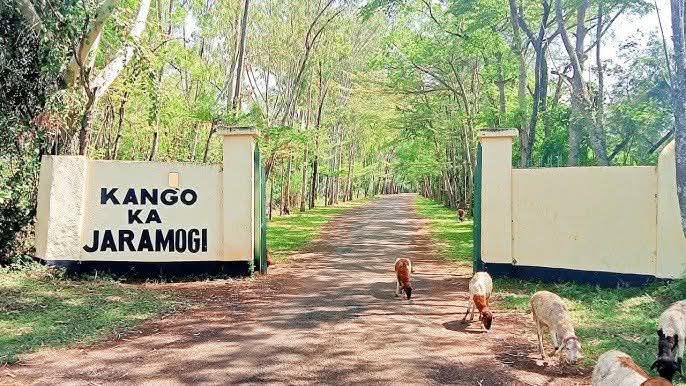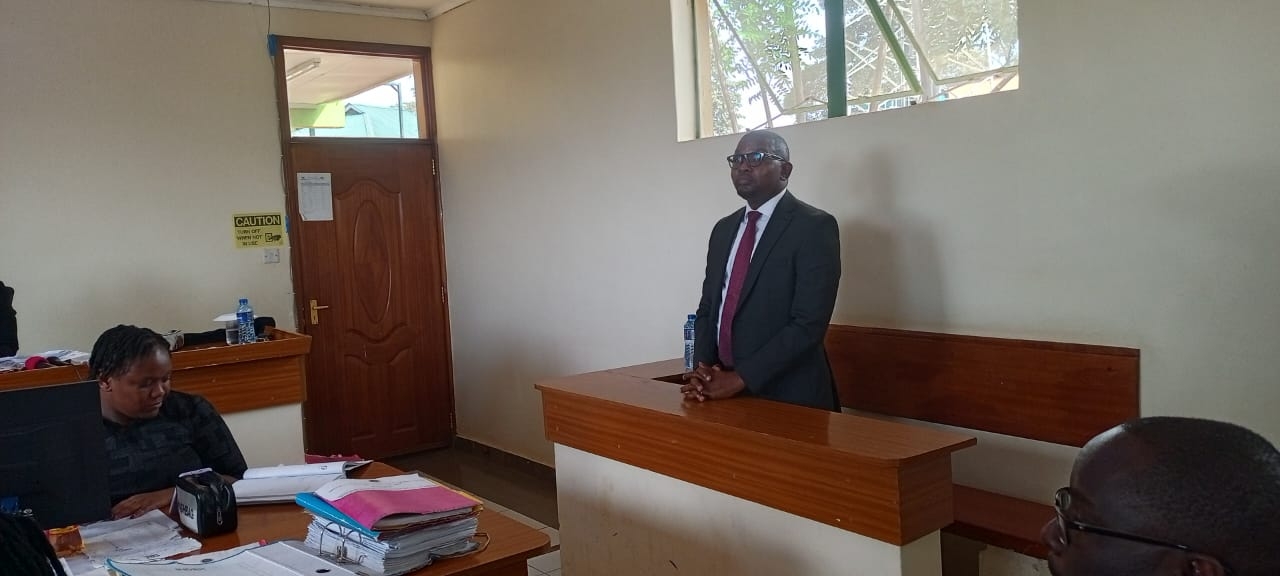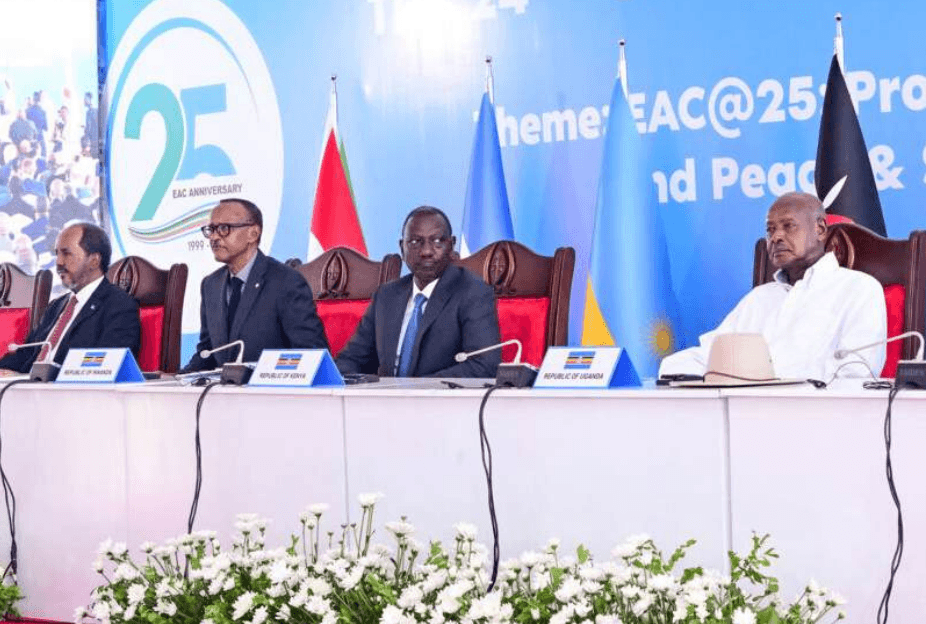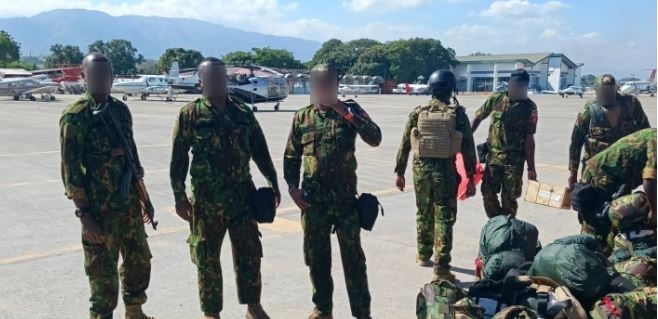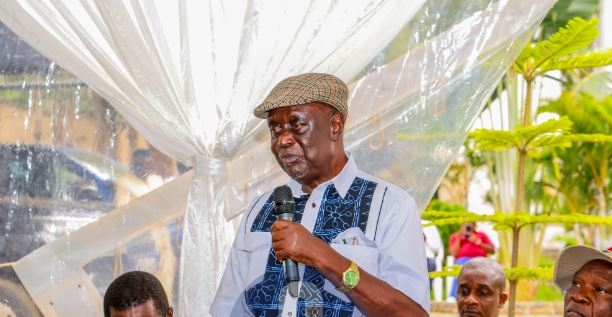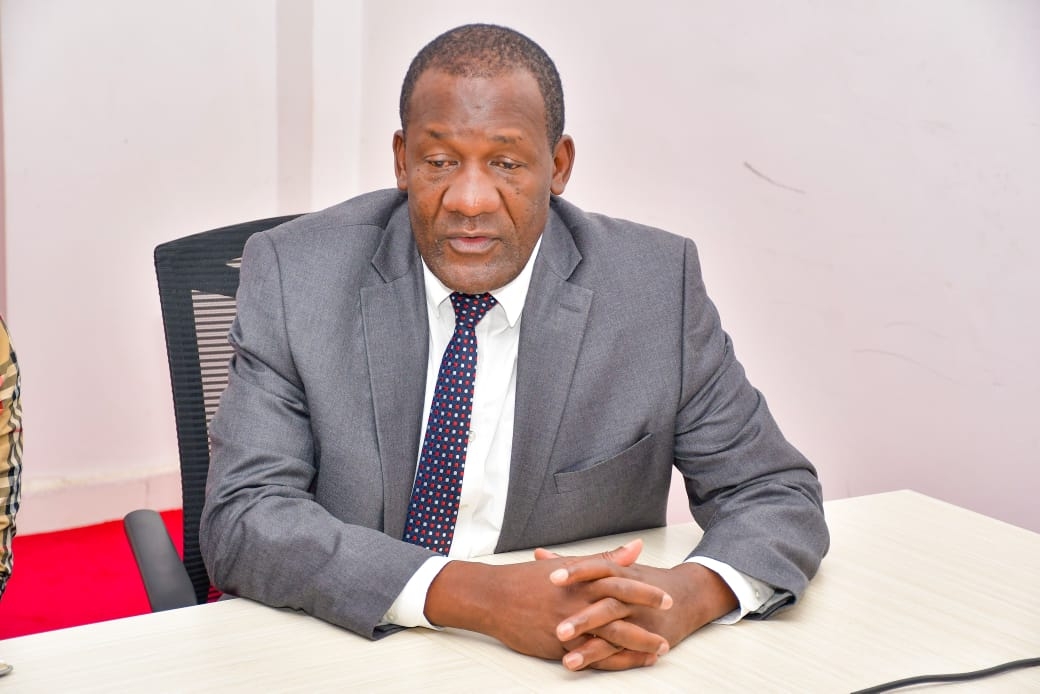University learners this past week started receiving new fee structures under the new funding model, sparking outcry from several underprivileged parents that the burden of expenses left to them is too high.
The model allocates scholarships and loans to university and TVET students based on their level of need measured by their family’s monthly income.
The Ministry of Education uses the Means Testing Instrument (MTI) to determine the appropriate financial assistance each learner deserves and then places them in five bands based on their level of need.
The Bands
Band 1 is for families with a monthly income up to Sh5,995; Band 2 income up to Sh23,670; Band 3 income up to Sh70,000; Band 4 income up to Sh120,000 and Band 5 is for families with a monthly income above Sh120,000.
Band 1: Scholarship will cover 70 per cent while loan will cover 25 per cent making total government support 95 per cent. Parents will contribute 5 per cent while the student will receive Sh60,000 upkeep loan.
Band 2: Scholarship will cover 60 per cent; loan 30 per cent putting total government support at 90 per cent. The family will contribute 10 per cent while the student will receive an upkeep loan of Sh55,000.
Band 3: Scholarship (50 per cent); loan (30 per cent); total support 80 per cent. The family will contribute 20 per cent while the student receives Sh50,000 upkeep loan.
Band 4: Scholarship 40 per cent; loan will cover 30 per cent putting total government support at 70 per cent. The family will cater for 30 per cent cost while the student will receive Sh45,000 upkeep loan.
Band 5: Scholarship will cover 30 per cent, loan 30 per cent making total support 60 per cent. The family will contribute 40 per cent while the student will receive an upkeep loan of Sh40,000.
The MTI has been used by the Higher Education Loans Board (HELB) to award loans to students for over 25 years using the Differential Unit Cost (DUC).
MTI relied on 10 parameters to determine the actual level of need before deciding which of the five bands a student falls into.
Besides family income and parents’ background, the tool looked at family size and composition, family expenditure on medical bills, course type, student’s gender, number of siblings still in school; whether one is from a marginalised community and type of school they attended.
Special session
Parliament on Tuesday held a special session where the State Department for Higher Education and Research PS made clarifications on issues that have so far been raised concerning the funding model.
PS Beatrice Inyangala acknowledged that some learners were placed in bands they did not belong to after errors occurred when some universities were communicating the banding results.
She, however, said there is a mechanism for students to appeal.
“Students should verify the loan and scholarship awards on the Higher Education Fund (HEF) portal through www.hef.co.ke,” Inyangala said.
In 2023, some 9,726 students out of 112,741 who were allocated funding within the five bands filed appeals out of which 5,087 were successful.
The PS added that universities have instituted a process of screening and confirming the accuracy of the electronically generated letters.
Speaker Moses Wetang’ula who chaired the meeting encouraged MPs to advise their constituents to visit the desks on reporting day and have any banding errors corrected.
“Upon reporting to the university, they go to that desk and explain that I went to a national school – Alliance or Kamusinga – not because I was rich but because I passed well in Std 8 and the bursaries from CDF paid my fees all through, so my parents have nothing. Advise them so that the data available on them is then adjusted to reality,” he said.
Wetang’ula noted that the new funding model is good but from the concerns raised, its only deficiency has been communication and sensitisation of parents and learners.
This after it emerged that many applicants have been using cyber cafes and depend on the operators to submit their applications, often without thoroughly verifying that the correct information is provided thus leading to errors.
The speaker advised the PS to upscale the level of sensitisation to minimise or eliminate such avoidable occurrences.
“It is now that we are hearing that children with distorted data should go and correct at the universities. This is something that we didn’t need a Kamkunji to be told if it was communicated out there. PS and your team when you go out there upscale your level of communication,” he said.
Wetang’ula further challenged the State Department against limiting their communication only to areas where universities are domiciled as this disadvantages constituencies that do not have universities.
“If you have any message that requires to go to the public nationally, pass it on to the chairman of the Education Committee I will give him free airtime in Parliament to communicate to the public,” he said.
Inyangala said since June 17, Huduma Centre staff and cyber café attendants and 77 higher education institutions have been sensitised on the new model based on feedback received during public participation.
She informed the House that a comprehensive Kenya Education Management System (KEMIS) was also being developed to address gaps during data collection on learners’ siblings who are still dependent on their parents for school fees.
The accuracy of the MTI in determining the level of need of learners relies heavily on the information provided by the applicant.
Parents raised concerns that the tool may have failed to capture accurate data considering that NEMIS, the online portal for managing student data, only records learners from Grade 3 and above thereby excluding those in ECDE through Grade 2.
Further, they observed that MTI relied on information obtained from HELB and KUCCPS whereas some learners may not have applied through KUCCPS nor sought HELB loans.
The ministry further clarified that the new funding model applies only to the 2022 and 2023 KCSE cohorts, that is first and second-year students.
Students from the 2021 KCSE cohort and earlier cohorts, that is third-year to sixth-year students, will continue to be funded under the Differentiated Unit Cost (DUC) model.
The old funding model will be phased out gradually and replaced by the new funding model but presently, the two are being applied simultaneously.
Through the DUC, universities are funded through capitation grants determined by the number of students enrolled in each programme, the cost of specific programmes and the available government resources.
Eligible students under the Differentiated Unit Cost model will continue receiving HELB bursaries as well as their upkeep loans.
The ministry said a total of 37,125 students under the DUC model will be allocated bursaries totalling Sh237 million in the 2024-25 financial year.
However, students under the new funding model will be limited to scholarships, tuition loans and upkeep loans only.



